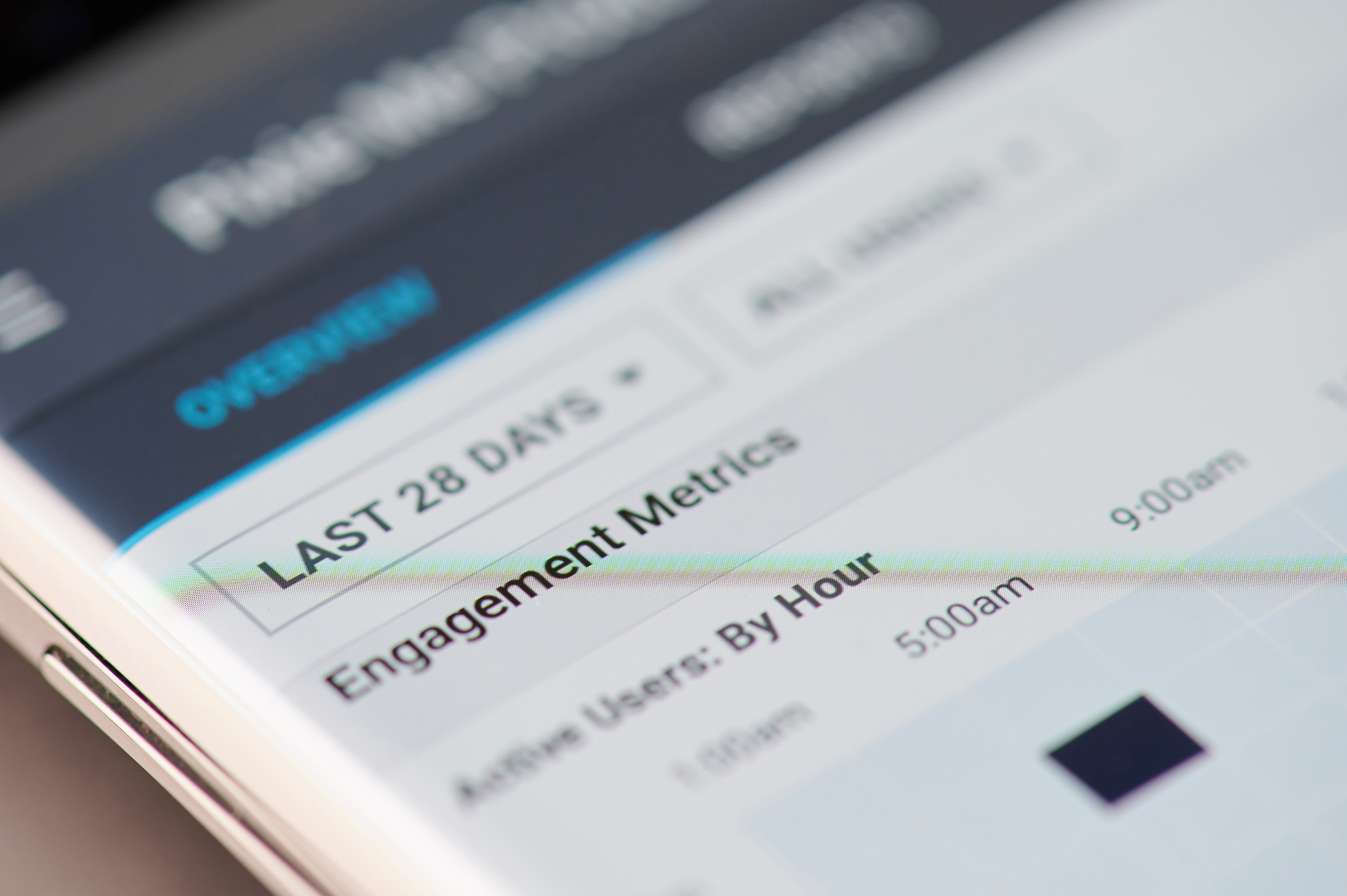Whether you’re just beginning your brand’s advertising efforts or looking to scale existing campaigns, it’s always good to take a step back before you begin any campaigns and determine how you will define performance and what metrics you’ll use to define success. We’ve broken it down into three questions you should ask in order to determine which KPIs you should use for your ad campaign.
What is your primary business objective?
Do you need to show immediate returns? Or are you more concerned with getting people to try your product? Are you a subscription service looking to get someone in the door? Knowing your primary method of growth is key in determining what type of campaigns you should run.
What is the goal of each campaign?
Once you’ve decided your business objectives, you need to know the type of campaign you are running to decide which KPI to optimize for. These will closely resemble your business objectives!
For example, if you’re looking to show immediate returns, you’ll want to use a metric like return on ad spend (ROAS) to show how much you are returning for what you spent. If you’re trying to grow your subscription service, you’ll want to look at cost per acquisition (CPA) and customer lifetime value (CPL) to determine if you are going to make a profit from what you pay to acquire a customer.
Answering these questions will help you decide what type of campaign you need to drive your primary business function.
What is the best metric to hit your goals?
After you’ve determined what type of campaign you are running, you’ll need to identify a specific metric to apply to the campaign. One piece of especially important advice: you need to keep your metrics consistent so that you can effectively monitor results.
Analyzing ROAS is the best way to determine if your campaign was profitable, but looking at cost per reach will give you a more accurate idea of how many people you have put your brand in front of.
Some examples
Lead Generation
One of our brands, a subscription-based service in the health and wellness industry, needed to determine a customer acquisition cost they could realistically make back from any leads we drove.
Because their business model relies on lead generation and recurring memberships, looking at direct ROAS wasn’t enough. Instead, we needed to come up with a more complex model that gave us an accurate representation of the effectiveness of our ads.
We looked at a few things to decide that:
- What is the customer lifetime value? Out of every membership signup, how long were they a member and how much revenue did they contribute?
- What is a cost per acquisition that makes sense given the customer lifetime value?
- What is the conversion rate from lead to membership?
- What is a cost per lead that will convert enough membership that makes sense for the brand?
We had a dual approach driving leads and membership signups. We wanted quality leads that would sign up for the subscription and stay members, lowering their cost to acquire. Using all available data, we figured out a cost per lead and cost per acquisition that was sustainable for the brand’s growth.
Driving leads directly correlated to membership signups. Our budget allocation in this case was directly related to the KPI we set for both leads and memberships.
Direct Return
Many brands are primarily focused on return—they just want to know how profitable the campaign was. ROAS is the easiest way to gauge what you’re getting back for what you’re spending. Any one (or any ad) can drive site traffic, but how much purchase intent does that traffic have? Metrics like click-through rate, add-to-cart conversion rate, and ROAS show how much people are engaged with your ad and how willing they are to move into the consideration and acquisition phases of your marketing funnel.
A word of caution: ROAS can be a shortsighted metric in terms of overall growth. Without new customers, you’re never going to scale. It’s important to balance new customer acquisition and returns. You can focus on hammering the audiences you know return with ads but without testing new audiences and being willing to pay more to acquire new people, eventually your overall costs will continue to go up and your customer base will become stagnant.
ROAS is obviously very popular and is the preferred metric for many of our clients. One of our clients in the health and wellness industry (not subscription based) identified ROAS as their indicator of success.
As their agency partner, we also look at CTR, add-to-cart conversion rate, and purchase conversion rate, allowing us to see trends in sales and how people interacted with the ads.
Looking at how metrics interact with each other is crucial to driving success. We believe any successful brand has a good mix of different types of ad campaigns and understands how they work together, even if an individual campaign (perhaps one just for acquiring new customers) doesn’t look as profitable as others.
Awareness
If you’re a new brand or are looking to branch out into new audiences, you’ll likely want to run awareness campaigns at some point. Cost per impression is a universal metric used to calculate impressions served for you spend, however, channels like Facebook let you use metrics that are much more accurate at measuring how many individual people have seen your brand. At Blue Wheel, we recommend metrics like cost per people reached or cost per video view (assuming you’re running video ads). These metrics seldom connect directly to revenue, but can help increase returns through your campaigns that are optimizing for your primary business KPI.
One of our clients, in the high-end fashion space, wanted to pivot their clothing line to target an entirely new audience that hadn’t historically purchased from their company. In order to branch out into this new area, they needed to educate the new potential consumers about their brand.
We ran brand awareness videos at the top of the funnel to introduce these people to the brand. Running these as a form of brand education gave people an overview of the brands message, type of products, and lifestyle they promote.
These campaigns themselves didn’t generate any statistically significant revenue. We chose to instead look at cost per reach in Facebook as our main metric, additionally looking at the average amount of time the video was watched. The amount of video viewed metric helped us understand two things:
- How engaged people were in general with the video creative we were running
- How much of the message in the video they received, informing what type of ads to run based on how much of the video they watched
Through the course of their product season video views directly correlated with the number of clicks and ultimately purchases they acquired from their campaigns.
The benefit of this type of campaign is that, even though it’s not returning itself, it opens up video viewers retargeting audiences on Facebook and educates people who would get served our other ads if they went to the website. Ultimately, getting the lowest cost per reach was our primary campaign KPI and we used CTR and video views as KPIs to optimize which ads we ran.
Stay tuned for how we measure these goals! Depending on attribution models, these metrics can look quite different. In our next post, we’ll dive into the attribution windows we think are the most effective to measure these goals.







.png)
.png)
